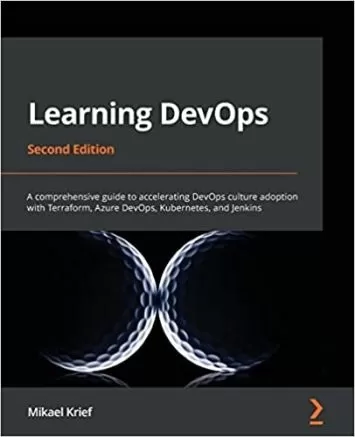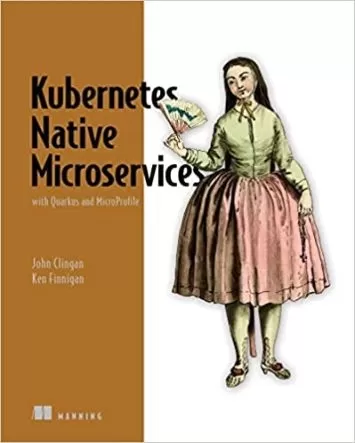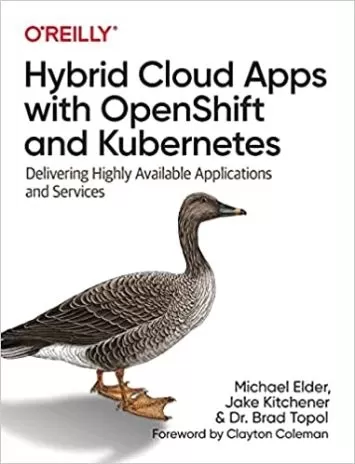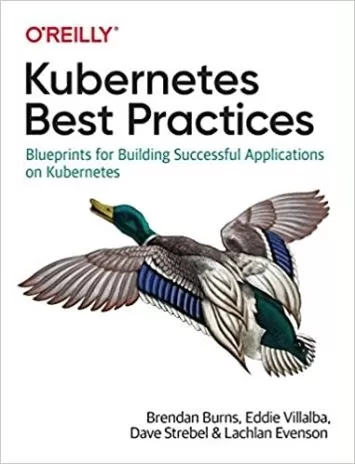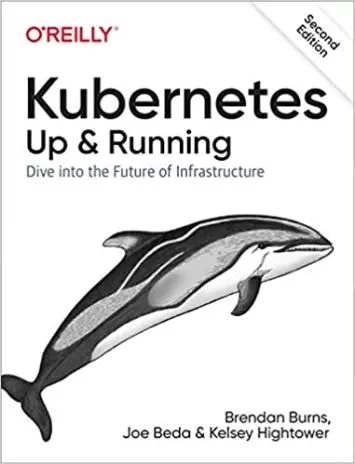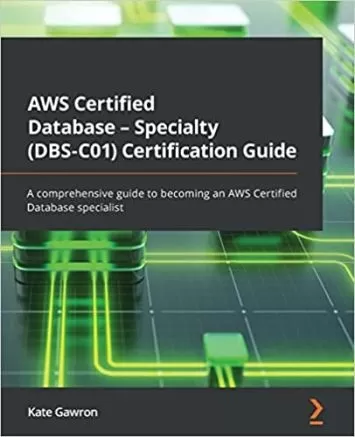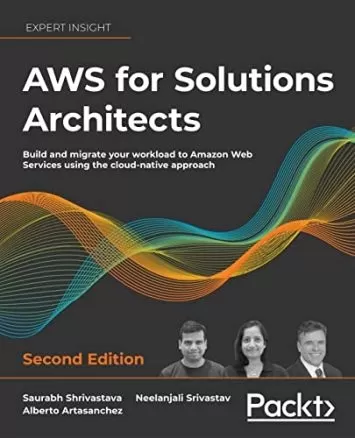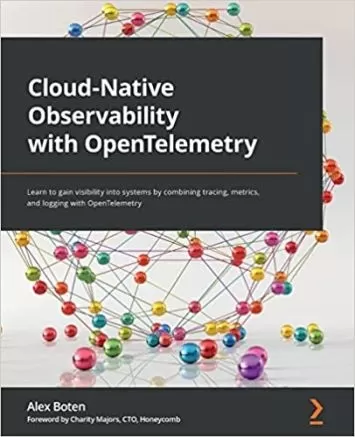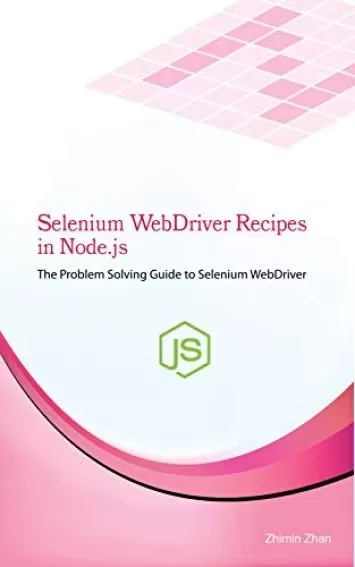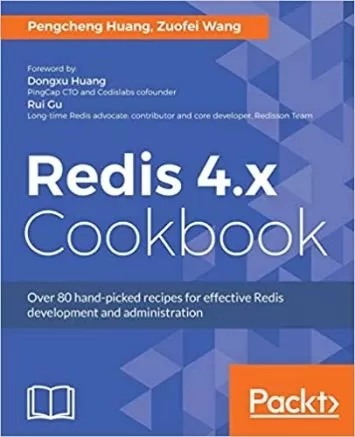
The Kubernetes Bible: The definitive guide to deploying and managing Kubernetes across major cloud platforms
Category
Author
Publication
Packt Publishing
With its broad adoption across various industries, Kubernetes is helping engineers with the orchestration and automation of container deployments on a large scale, making it the leading container orchestration system and the most popular choice for running containerized applications.
This Kubernetes book starts with an introduction to Kubernetes and containerization, covering the setup of your local development environment and the roles of the most important Kubernetes components. Along with covering the core concepts necessary to make the most of your infrastructure, this book will also help you get acquainted with the fundamentals of Kubernetes. As you advance, you'll learn how to manage Kubernetes clusters on cloud platforms, such as Amazon Web Services (AWS), Microsoft Azure, and Google Cloud Platform (GCP), and develop and deploy real-world applications in Kubernetes using practical examples. Additionally, you'll get to grips with managing microservices along with best practices.
By the end of this book, you'll be equipped with battle-tested knowledge of advanced Kubernetes topics, such as scheduling of Pods and managing incoming traffic to the cluster, and be ready to work with Kubernetes on cloud platforms.
Review
"This is, hands down, the only Kubernetes book you will need if you want to become proficient in using this technology. The authors did a great job going through all there is about Kubernetes, from fundamentals through to underlying architecture and core concepts. You will learn what Kubernetes is, how it works, what are its components, how to work with pods, clusters, secrets and services, namespaces, and storage. By the end of the book, you'll have learnt how to deploy Kubernetes clusters on Google's Kubernetes Engine, Amazon Elastic Kubernetes Service, and Azure Kubernetes Service. This being a 'bible', you will also get to grips with advanced techniques for scheduling, authentication and authorization, autoscaling, and traffic routing. It is, as I said at the beginning, the ONE book you will need to learn all about Kubernetes."
--Alexandru Calcatinge (University Lecturer at Ion Mincu University of Architecture and Urban Planning, Romania)
About the Author
Nassim Kebbani is an experienced software engineer with in-depth expertise in Kubernetes and the Amazon Web Services cloud provider. He has an extensive background both in software development and operations teams, having implemented the entire spectrum of a DevOps life cycle chain, from application code to pipelines, and carried out monitoring in various industries such as e-commerce, media, and financial services. He has implemented numerous cloud-native architectures and containerized applications on Docker and AWS and holds both Kubernetes CKA and CKAD certifications. Piotr Tylenda is an experienced DevOps and software engineer with a passion for Kubernetes and Azure technologies. In his projects, he has focused on the adoption of microservices architecture for monolithic applications, developing big data pipelines for e-commerce, and architecting solutions for scalable log and telemetry analytics for hardware. His most notable contribution to Kubernetes' open source ecosystem is the development of Ansible automation for provisioning and deploying hybrid Windows/Linux Kubernetes clusters. Currently, he works at Microsoft Development Center Copenhagen in Denmark as part of a team developing a Microsoft Dynamics 365 Business Central SaaS offering. Russ McKendrick is an experienced DevOps practitioner and system administrator with a passion for automation and containers. He has been working in IT and related industries for the better part of 27 years. During his career, he has had varied responsibilities in many different sectors, including first-line, second-line, and senior support in both client-facing and internal teams for small and large organizations. He works almost exclusively with Linux, using open source systems and tools across both dedicated hardware and virtual machines hosted in public and private clouds at N4Stack, which is a Node4 company, where he holds the title of practice manager (SRE and DevOps). He also buys way too many records!
- Manage containerized applications with Kubernetes
- Understand Kubernetes architecture and the responsibilities of each component
- Set up Kubernetes on Amazon Elastic Kubernetes Service, Google Kubernetes Engine, and Microsoft Azure Kubernetes Service
- Deploy cloud applications such as Prometheus and Elasticsearch using Helm charts
- Discover advanced techniques for Pod scheduling and auto-scaling the cluster
- Understand possible approaches to traffic routing in Kubernetes
This book is for software developers and DevOps engineers looking to understand how to work with Kubernetes for orchestrating containerized applications and services in the cloud. Prior experience with designing software running in operating system containers, as well as a general background in DevOps best practices, will be helpful. Basic knowledge of Kubernetes, Docker, and leading cloud service providers assist with grasping the concepts covered easily.
- Kubernetes Fundamentals
- Kubernetes Architecture From Docker Images to Running Pods
- Installing your First Kubernetes Cluster
- Running Your Docker Containers
- Using Multi-Container Pods and Design Patterns
- Configuring Your Pods Using ConfigMaps and Secrets
- Exposing Your Pods with Services
- Managing Namespaces in Kubernetes
- Persistent Storage in Kubernetes
- Running Production-Grade Kubernetes Workloads
- Deployment Deploying Stateless Applications
- StatefulSet Deploying Stateful Applications
- DaemonSet Maintaining Pod Singletons on Nodes
- Kubernetes Clusters on Google Kubernetes Engine
- Launching a Kubernetes Cluster on Amazon Web Services with Amazon Elastic Kubernetes Service
- Kubernetes Clusters on Microsoft Azure with Azure Kubernetes Service
- Working with Helm Charts
- Authentication and Authorization on Kubernetes
(N.B. Please use the Look Inside option to see further chapters)











